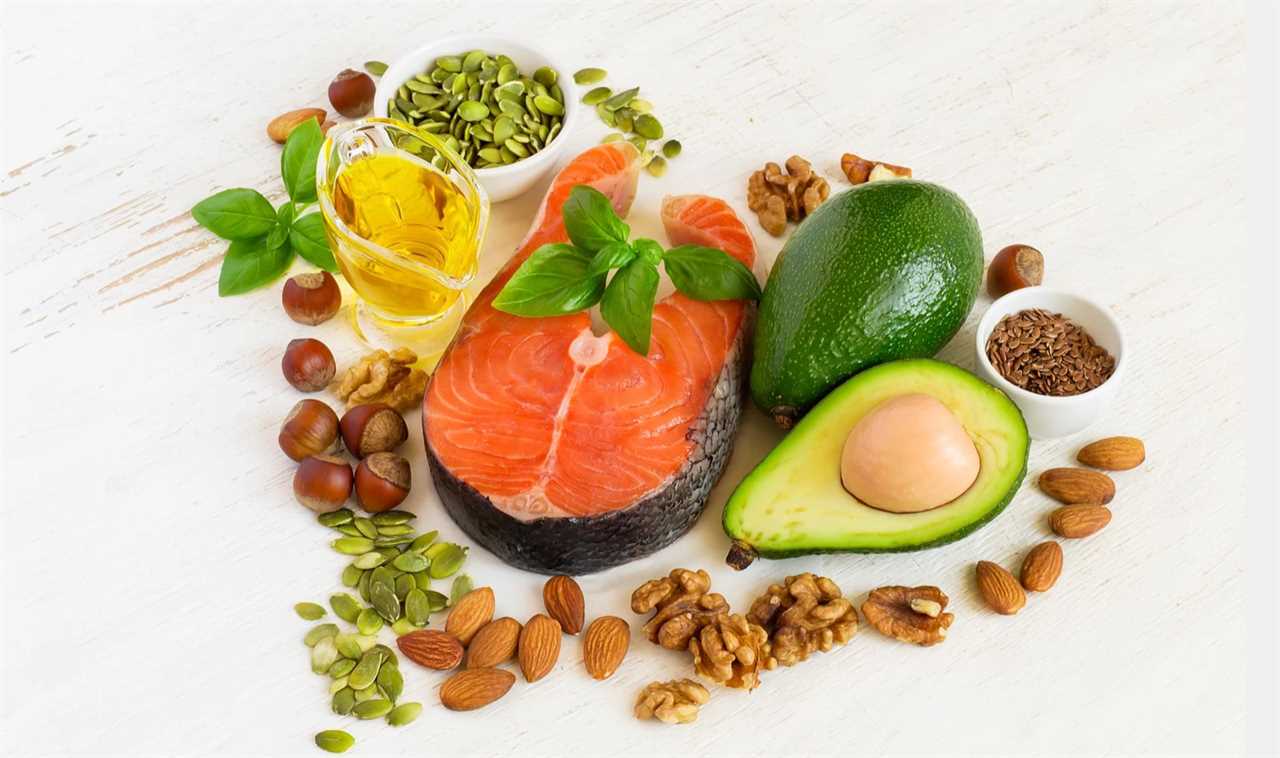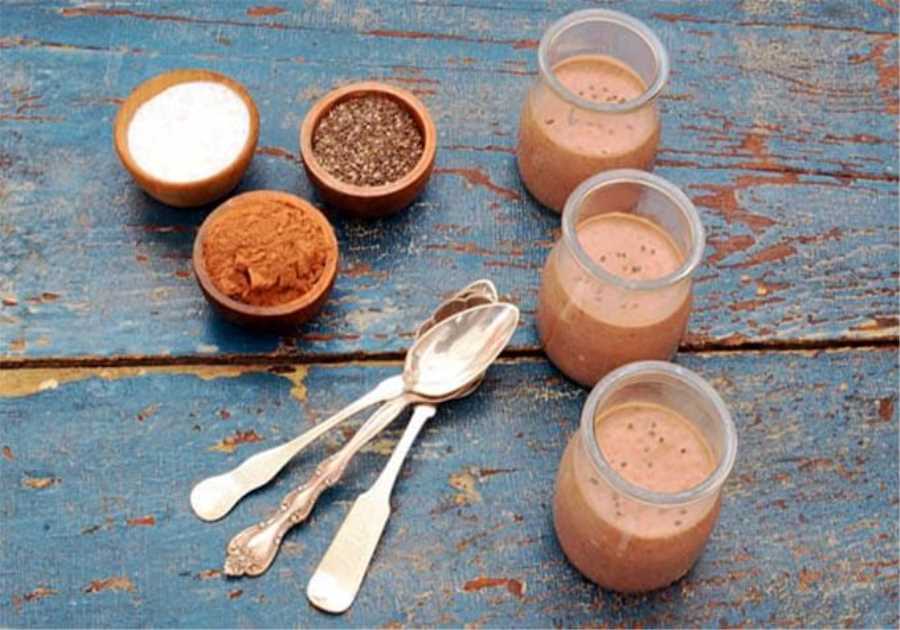
The DASH diet is an eating plan that the National Heart, Lung, and Blood Institute developed. It focuses on fruits and vegetables, low-fat dairy, and whole grains. The goal is to help prevent hypertension. This diet also reduces saturated fat and sugar consumption. It is beneficial for people suffering from hypertension, as it has been proven to reduce blood pressure.
What is the DASH Diet?
The DASH diet is an eating plan developed by doctors to help prevent and control hypertension. It emphasizes consuming nutrient-dense, heart-healthy foods such as fruits and vegetables, lean proteins, whole grains, low-fat dairy products and plant-based oils instead of saturated fats. The research that led to the development of the DASH diet was funded by the National Institutes of Health (NIH) and has been praised as one of the best diets for overall health by experts worldwide.
How Does the DASH Diet Lower Blood Pressure?
The combination of reduced sodium intake and increased consumption of fruits, vegetables, whole grains, nuts and legumes helps reduce blood pressure. It also improves cholesterol levels by reducing trans fats and increasing heart-healthy unsaturated fats. Finally, it contributes to weight loss or maintenance, lowering blood pressure levels.
What are the Benefits of Following a DASH Diet?
Following a DASH diet can have numerous health benefits beyond lowering blood pressure levels, including reduced risk of developing type 2 diabetes, better management of existing diabetes, prevention/control of heart disease and kidney disease, healthier skin complexion and even reduced risk for some types cancer such as colon cancer. Additionally, people who follow a DASH diet tend to consume more antioxidants which can improve overall health.
What Foods Should Be Incorporated into a DASH Diet Plan?
A proper plan should include plenty of fresh fruit; dark leafy greens; legumes; fat-free or low-fat dairy like milk, yogurt or cheese; healthy proteins such as lean meats, fish, poultry, beans, eggs, nuts; whole grain bread, pasta cereal, oats; fatty fish rich in omega-3 fatty acids; herbs spices olive oil avocados and other healthy unsaturated fats like nuts seeds avocados olives tahini almond butter etc.; limited amounts on unhealthy snacks sweets sugary drinks alcohol.
Low-sodium DASH diet reduces sodium intake.
The DASH diet, short for Dietary Approaches to Stop Hypertension, has been shown to reduce blood pressure. The study involved adults with baseline systolic blood pressure of 120 to 159 millimeters per centile and diastolic blood pressure of 80 to 95 mm Hg. It excluded participants with prior heart disease or renal insufficiency, who were taking antihypertensive drugs, or who consumed more than fourteen drinks a week.
The DASH-Sodium trial, conducted in four clinical centers with funding from the National Heart, Lung, and Blood Institute, compared the effects of three different sodium levels on blood pressure. The participants consumed a typical American diet that was adjusted to reflect the 25th percentile for macronutrients and micronutrients. As a result, participants who followed the DASH-Sodium diet had significant reductions in blood pressure.
Low-saturated fat
The DASH diet is a diet that emphasizes reducing saturated and trans fats in your diet. These types of fats are responsible for increasing your risk for cardiovascular disease. The DASH diet limits saturated fat to about six percent of your daily calorie intake. Typical sources of saturated fats include butter, meat, cheese, and whole-fat dairy products. Foods containing saturated fats include fried foods, snack foods, and baked goods. Read labels carefully before purchasing any of these foods.
One way to reduce your saturated fat intake is to eat more fruits and vegetables. Fresh fruits and vegetables have plenty of fiber and potassium. If you're worried about the high salt content in processed foods, you can switch to salt substitutes.
Low-sugar
The DASH diet emphasizes eating more fruits and vegetables and fewer processed foods. It also limits sugars, saturated fat and sodium. Instead of salt, you can substitute flavorful spices and oils. It also suggests eating fresh fruit instead of salty snacks. Ultimately, this diet plan should help you lose weight and stay healthy.
The DASH diet focuses on lowering blood pressure. It affects your blood pressure in various ways. Adults should keep their blood pressure below 120 millimeters of mercury (normal blood pressure). Blood pressures above this number are considered high.
Low-red meat
The DASH diet is heart-healthy. The diet is based on a lower intake of saturated fats. Several studies have proven that the DASH diet helps in reducing blood pressure. However, some caveats must be considered before adopting the DASH diet.
For example, you need to limit red meat and increase the consumption of vegetables. A study by the National Heart, Lung, and Blood Institute in 1997 found that a diet high in vegetables reduces blood pressure. In contrast, a diet low in vegetables raises blood pressure.
Flexible eating plan
The DASH diet is designed to help you control your blood pressure by promoting healthy cholesterol levels. It includes three main meals and two snacks each day. It also encourages you to consume six to eight servings of fruit and vegetables each day.
The DASH diet is a flexible eating plan that accommodates your tastes and lifestyle. You can modify the serving sizes for different food groups and adjust the number of calories you eat to fit your needs. The National Heart, Lung, and Blood Institute shows how many servings of each food group are required for different calorie levels. However, you should always check with your health care provider or registered dietitian if you are unsure of the diet or have special dietary restrictions.
Exercise recommendations
The DASH diet limits saturated fat and salt. It can help reduce blood pressure in people with untreated or treatment-resistant high blood pressure. Exercise is also recommended. Dietary changes that follow the DASH guidelines can help improve overall health and prevent heart disease.
The DASH diet includes several food groups, including low-fat or fat-free dairy products, fish, poultry, nuts, and tropical oils. The diet also limits saturated fat and sugary drinks. While the DASH diet is not a crash diet, it can be a good way to start a weight-loss journey.
Frequently Asked Questions
Can you eat what you want on intermittent fasting and still lose weight?
You want to be able to eat as much as you like while still enjoying the benefits and convenience of intermittent fasting. The answer is yes! You can successfully lose weight with intermittent fasting while enjoying your favourite meals.
With careful planning and self-discipline, intermittent fasting can be incredibly effective in jumpstarting your weight loss journey. Tailor your eating windows and plan to include some of your favourite meals in your diet plans. You should also pay attention to portions and how many calories are added from snacks like sauces or dressings.
Studies show that balance is key when it involves intermittent fasting. It is not possible to counter the positive effects of intermittent fasting for 16-20 hours each day by eating indulgent foods. Intermittent fasting will help increase fat burning, reduce hunger signals, and improve overall mental clarity and focus.
Intermittent fasting is the perfect solution for those looking to change their lifestyle without sacrificing what they love most! By strategically eating with purpose at designated times of the day, you can continue to enjoy satisfying foods while drastically reducing caloric intake overall! You don't have to wait any longer! Get started today and see firsthand just how fantastic intermittent fasting can be!
What is the best time to fast for weight loss?
Exploring intermittent fasting to lose weight requires you to look at your reasons for wanting to do so and set realistic goals. You may not like the idea of fasting for long periods. However, this can lead to rapid weight reduction.
To ensure that you're successfully integrating intermittent fasting into your lifestyle, the first step is determining how often and how long the fasts should be to meet your goals. How many hours or days per week will you commit? It all depends on the type of routine that you choose - daily 16-hour "time restricted feeding" or anywhere between one and seven days of water fasting. Other factors include physical activity, current health status, overall well-being, and overall well being.
The most important thing is to listen to your body. Begin by looking at your energy levels and hunger levels throughout the day. Different diets might not be suitable for everyone. If you find that a particular diet is not working, don't be afraid to try other options.
When done correctly, intermittent fasting gives people more feedback about their bodies, providing insights into potential dietary triggers of inflammation and disease prevention, plus improved focus on physical goals like weight management. It integrates a practical framework that allows you to lead a healthy and happy life. We are forced out of our comfort zone, which motivates us towards our goals.
What is the maximum weight you can lose during a week of intermittent fasting
Pondering how much weight you should attempt to lose in your weekly intermittent fasting cycle? Knowing the answer requires thoughtful consideration.
A balanced approach is crucial. Setting too aggressive targets can lead to burnout and injury. Plan your weight loss goals by taking into consideration lifestyle factors like nutrition, sleep, and hydration. While counting calories can be helpful, it shouldn't be the main focus of your weight loss plan.
Secondly, be aware of what kind of results are realistic - losing more than 1-2 kilograms per week could put undue strain on the body, while attempting to lose less could lead to minimal or no visible results. Measurements of the body are a better way to track progress than just watching the scales change.
Talk to a qualified dietitian or other health professional regularly for support and guidance. A neutral opinion can help you make sure that whatever goals and outcomes you have set for yourself are realistic, safe, and possible with long-term results.
Statistics
- IF trials found weight loss of 0.8% to 13.0% of baseline weight with no serious adverse events. (ncbi.nlm.nih.gov)
- When diet composition was controlled, most protocols were consistent with Health Canada and American Heart Association guidelines: 55% carbohydrates, 20% fat, and 25% protein. (ncbi.nlm.nih.gov)
- In 2018, 63.1% of Canadian adults were overweight or obese. (ncbi.nlm.nih.gov)
- consumption was examined in 1 study, which compared dietary fat intake of 45% versus 25% at the expense of carbohydrate intake. (ncbi.nlm.nih.gov)
External Links
doi.org
- Nutrients
- 24-hour Fasting with Diabetes: Guide for doctors advising patients on medication adjustments before religious observances, or outpatient surgery procedures - Grajower – 2011. Diabetes/Metabolism Research & Reviews – Wiley Online Library
sciencedirect.com
academic.oup.com
- Intermittent fasting and its effects on human body composition and clinical markers of health
- Study of the Effects of an Intermittent Calorie-restricted diet on Type 2 Diabetes Remission: Randomized Controlled Trial
annualreviews.org
How To
A beginner's guide to Intermittent fasting
Intermittent fasting can be used to reduce weight or improve health. There are many methods for intermittent fasting. The 16/8 method allows you to fast for 16 hours, then eat within an 8-hour window. The 5:2 method allows you to eat normally for five days, then cut down on calories by 500-600 calories the two other non-consecutive days.
Here are some steps to help you get started with intermittent fasting if you are interested.
-
Set your goals: Before you embark on any new eating program, you need to think about why you are trying intermittent fasting and what results you expect. Intermittent fasting is used by some to lose weight and others to improve their health or lower the risk of developing certain diseases.
-
Please choose a method. There is a wide variety of intermittent fasting methods. You should consider factors like your lifestyle, food habits, and work schedule when choosing the right method.
-
Plan your meals. For example, if 16/8 is your preferred method, you can decide when to eat your meals within your 8-hour time frame. You can support your health by including high-quality, nutritious foods in your fasting diet.
-
Stay hydrated: It's important to drink plenty of water while practicing intermittent fasting, as this can help keep you feeling full and satisfied. Drink at least 8-10 cups water per day. You might also consider drinking unsweetened coffee or herbal tea.
-
Consistency will be your key to success with intermittent fasting. Stick to your chosen method as closely and patiently as you can. You may not see the results immediately.
Intermittent fasting may be an effective tool for weight loss or improving overall health. But it's not right for everyone. It's important that you consult a healthcare professional before considering intermittent fasting. This will help determine if it is safe and appropriate. Intermittent fasting is possible with the right approach.
Did you miss our previous article...
https://paleovsketo.com/intermittent-fasting/a-psoriasis-diet-can-help-reduce-the-severity-of-your-psoriasis






